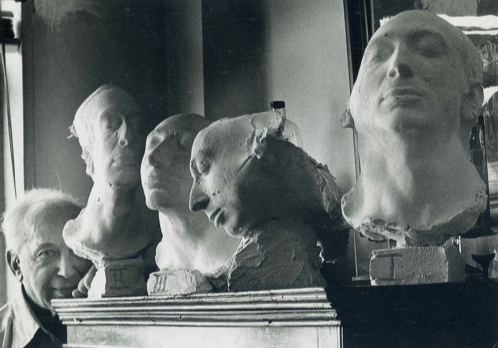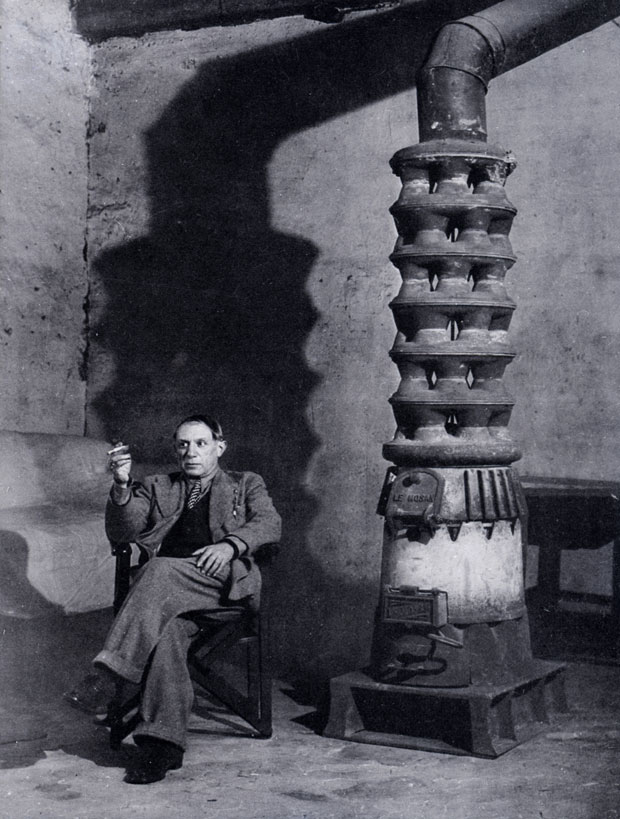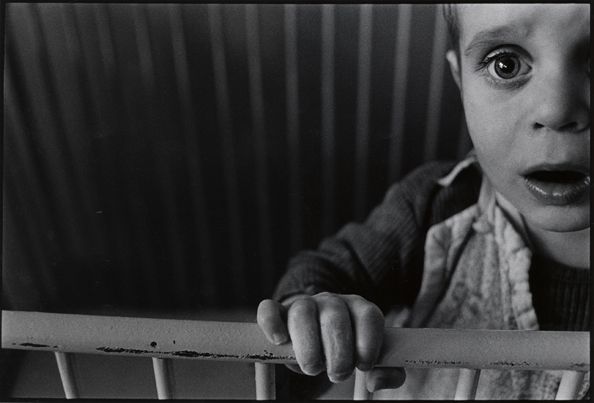#16 The Rule of Thirds is Bullshit, Seriously, and other Topics of Composition
“When subject matter is forced to fit into preconceived patterns, there can be no freshness of vision. Following rules of composition can only lead to a tedious repetition of pictorial clichés.”
—Edward Weston
Please forget all this bull about the “rule of thirds” — even if i concede there are some aesthetic preferences for compositions with “focal weight” to the side of the frame, it is precisely NOT how to learn to take photographs. The nature of photography is about how you fill the frame with the things you’re photographing—it is a canvas, and you get to arrange objects in that canvas. Where objects GO in that frame depend entirely on the nature of those objects and what’s going on in the frame.
Here are an assortment of wonderful pictures of people, by some of the greatest photographers in history. Each of these is in our collection and they have all influenced me, served as my ‘training data’ (as students of computer learning and artificial intelligence might say). While subjects occupy various positions in the frame, it’s clear to me that their position is based on other important factors.
Additionally, i decided to revisit some of my favorite snapshots from a few days I spent in Bellingham, Washington this summer. At first glance i can see why some might look like they were following some sort of “rule of thirds” but after exploring this, in all cases, it was coincidental. What’s true is that the “subjects” (if that’s the right word) are frequently not in the center of the frame. This “not-centeredness” is a worthwhile tool in figuring out a nice composition of objects in the frame, but it has nothing to do with any one subject being in any one position. It’s about fitting the things you want on the canvas into the picture at the same time, and the playing (to the degree possible) with their relative orientations. Composition isn’t an abstract idea of positioning, it’s about weights and attention of various points in the image, it’s about harmony… and cannot be separated from the objects themselves. In a sense, the composition is somewhat dictated by the objects being shot. The photographer can move them around by changing focal length and position, by adjusting depth of field, but it’s about an array of objects and their relationships, and virtually never about putting something somewhere in the frame.
"I don't know what good composition is... Sometimes for me composition has to do with a certain brightness or a certain coming to restness and other times it has to do with funny mistakes. There's a kind of rightness and wrongness and sometimes I like rightness and sometimes I like wrongness." —Diane Arbus
“A good picture-- in photography or any other medium-- is most likely to be produced by the artist who upsets the apple cart, snaps his fingers at the rules, and does as he pleases. Then an art critic comes along, measures and analyzes, interprets the result, and lo! another ‘rule of composition’ is born. This sequence cannot be too emphatically stressed. Pictures come first, composition after. There is no hen-and-egg doubt about it. From his earliest days man has made pictures, to frighten evil spirits, to record history, to portray happenings, to express himself and his feelings, for any number of reasons except one-- he did not make pictures to carry out the laws of composition.” —Edward Weston, 1937
Rubin’s Portfolio of Photography | Rubin’s Instagram (@droidmaker)
Suzanne’s Instagram (@sfritzhanson)
If you like the show, please subscribe on iTunes, Google Play, or your favorite podcasting app, and please rate the podcast. And don’t forget to join the Neomodern Facebook group to discuss the show, share your photos, hear about specials for printing or framing your best images. Thank you!

























